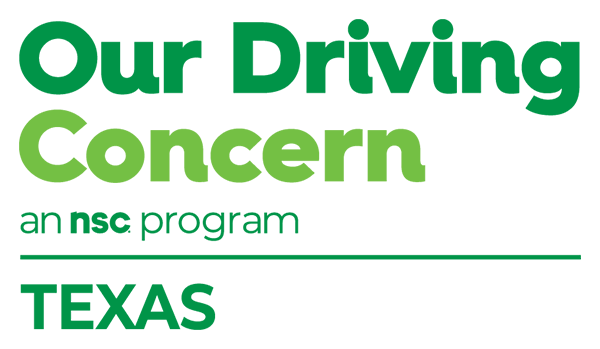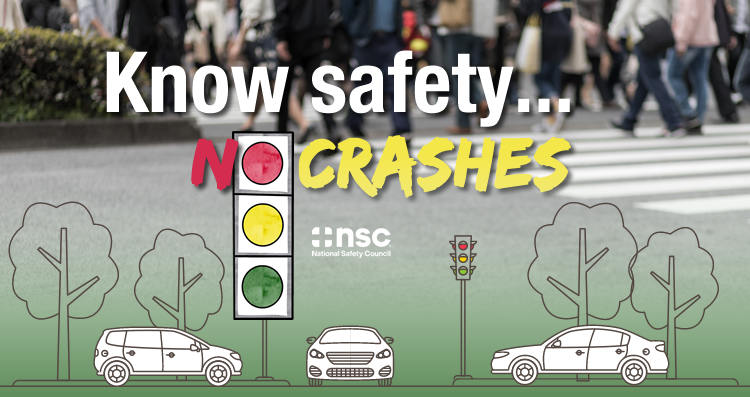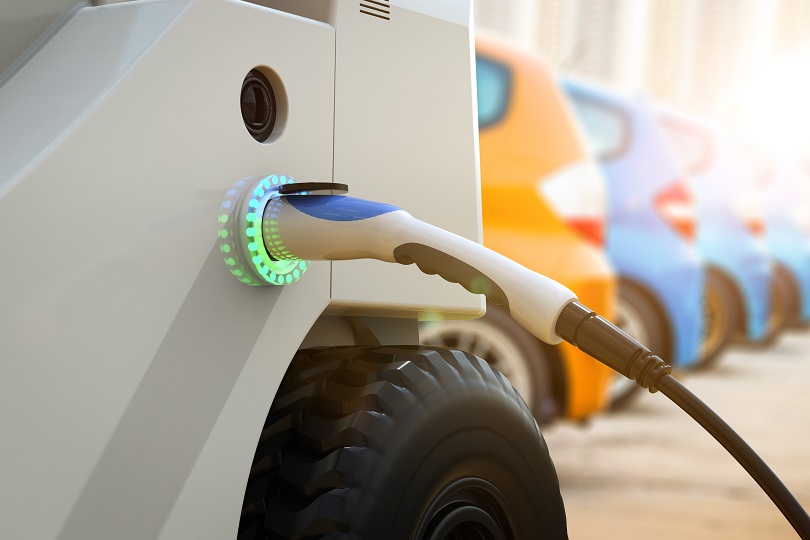How does a world health crisis connect with traffic safety in the U.S.?
At the recent Lifesavers National Conference on Highway Safety Priorities, Master of Ceremonies John Ulczycki answered that question in detailed fashion. He used data to confirm American motorists stayed home during COVID-19. They drove 11% fewer miles in 2020 than they did in 2019 – the largest single one-year reduction since 1942, a time when the nation was deep in the throes of World War II.
He explained the total number of crashes decreased by 22%, but the number of fatal crashes increased by 7% and the number of crash fatalities increased by 14%. He paused and said, “Let that sink in.”
“Miles driven and crashes are down by double-digits, but fatalities are up 14%,” said Ulczycki, a former group vice president at the National Safety Council. “The statisticians in the room would ask, ‘How does that happen?’ It’s unheard of.”
He went on to explain how risk-taking behaviors spiked during the height of the pandemic. He spoke about four factors that contributed in so many tragic crash outcomes:
- Speeding
- Alcohol-impaired driving
- Not wearing a seat belt
- Distraction
Ulczycki also spoke about how seat belt use and impaired driving have been a focus at Lifesavers since the first conference took place 40 years ago in Detroit. He identified the three E’s of traffic safety and reiterated how all three are necessary to create behavior change: education, enforcement and engineering.
The evolution of traffic safety is now rooted in a safe systems approach: safe roads, safe speeds, safe vehicles and effective post-crash care.
During Distracted Driving Awareness Month in April, I’d like to challenge my colleagues and my friends to lead the way with a renewed focus on education. We know texting while driving is unsafe – and illegal in 48 states. We know ordering takeout while driving pulls our minds away from our No. 1 job – focusing on the driving environment. We know eating and personal grooming can likewise be distracting.
Let’s do better. Let’s help others think about their own habits behind the wheel. Let’s make use of the many free tools at our disposal to provide education and combat unnecessary risk-taking behaviors. Start with our new distracted driving toolkit. Click on the “Toolkits” tab here and scroll down.
The kit is stocked with safety posters, safety coach cards and ready-made safety talks. There are also links to free resources from the National Safety Council and Texas Department of Transportation.
Another good way to engage employees at your location is to introduce the NSC Just Drive Pledge. Certificates are provided to participants who pledge to drive distraction-free. Can you offer incentives to ensure 100% participation?
As we were reminded by Ulczycki during our stay in Chicago, we’ve made significant progress in traffic safety through the years. For example, the national seat belt use rate has climbed from 11% in the late-1960s to more than 90% today. But there is still plenty of work to do. I’m ready to roll up my sleeves – feeling energized – and ready go to work after learning from others at Lifesavers. Can I help you recharge your safety batteries?
– Cindy Leonard is a senior program manager at the National Safety Council



